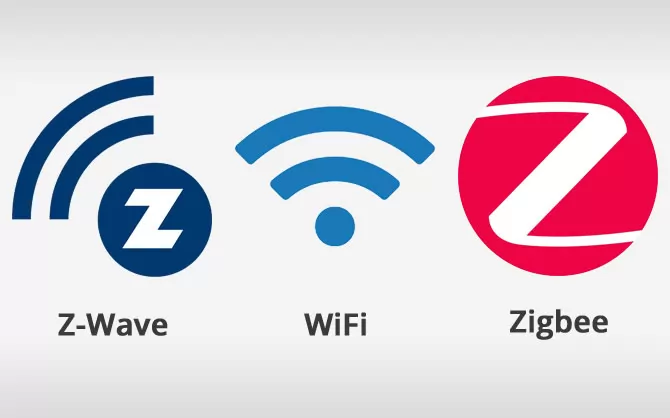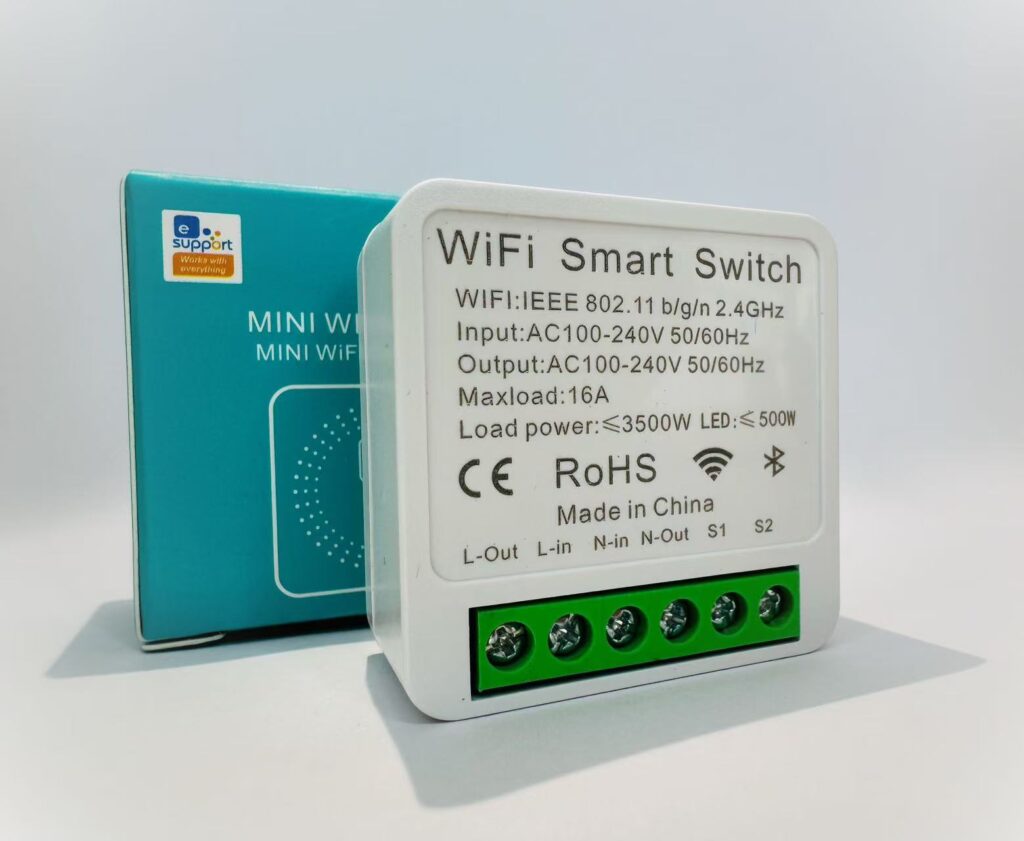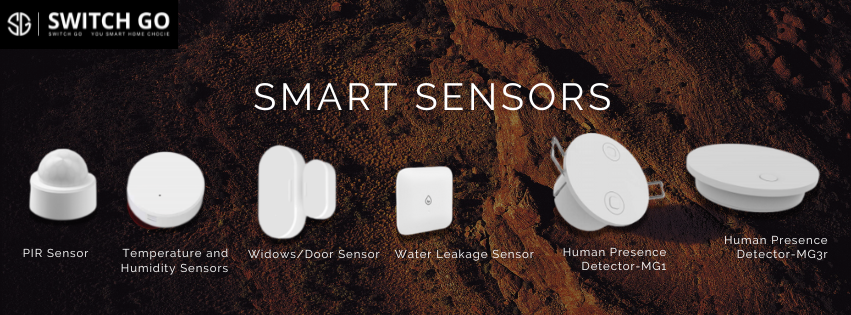When building a smart home, one of the most fundamental decisions you’ll face is selecting the right wireless protocol for your devices. This choice affects everything from reliability and security to compatibility and ease of use. For smart switches and plugs in particular, three technologies dominate the market: WiFi, Zigbee, and Z-Wave. Each offers distinct advantages and limitations that make them suitable for different scenarios.

Understanding Wireless Protocols
Before diving into comparisons, let’s clarify what these protocols actually do. Wireless protocols are essentially the “languages” that smart devices use to communicate with each other and with your control systems (smartphones, hubs, or voice assistants). They determine:
- How devices connect to your network
- How they communicate with each other
- Power requirements and battery life
- Range and reliability
- Security features
- Compatibility with other devices
WiFi: The Familiar Standard
WiFi is the most recognizable protocol, as it’s the same technology that connects your computers, phones, and tablets to the internet.
Advantages of WiFi Smart Devices
Direct Router Connection: WiFi smart switches and plugs connect directly to your existing router without requiring additional hardware.
Simple Setup: Most WiFi devices feature straightforward setup processes through manufacturer apps.
Widespread Adoption: As the most common protocol, WiFi offers the widest selection of devices at various price points.
High Bandwidth: WiFi’s substantial data capacity supports advanced features like video streaming (though this is less relevant for switches and plugs).
No Hub Required: The absence of a dedicated hub reduces initial investment costs.

Limitations of WiFi
Network Congestion: Each WiFi device occupies a “slot” on your network, potentially leading to congestion with numerous devices.
Higher Power Consumption: WiFi devices typically consume more power, making them less suitable for battery-operated products.
Security Concerns: Some budget WiFi devices may have inadequate security measures, potentially exposing your network.
Range Limitations: Standard WiFi may struggle to reach devices in distant parts of larger homes.
Internet Dependency: Many WiFi devices require cloud services for full functionality, limiting capabilities during internet outages.
Zigbee: The Efficient Mesh Network
Zigbee was designed specifically for smart home applications, emphasizing reliability and efficiency.
Advantages of Zigbee Smart Devices
Mesh Networking: Each Zigbee device can relay signals to others, extending range throughout your home.
Low Power Consumption: Zigbee’s efficient design makes it ideal for battery-powered devices.
Reliability: The protocol handles interference well and offers stable connections.
Fast Response: Zigbee typically provides quicker response times than WiFi for simple commands.
Local Processing: Many Zigbee systems can operate locally without cloud dependencies.

Limitations of Zigbee
Hub Requirement: Zigbee devices require a compatible hub (like SmartThings, Hubitat, or Amazon Echo devices with built-in hubs).
Initial Complexity: Setting up a Zigbee network involves more steps than simply connecting WiFi devices.
Higher Initial Cost: The hub requirement increases upfront investment.
Frequency Interference: Operating on the 2.4GHz band (like WiFi), Zigbee can experience interference in crowded environments.
Less Mainstream: Fewer mainstream retailers carry Zigbee devices compared to WiFi options.
Z-Wave: The Reliable Alternative
Z-Wave is another mesh networking protocol designed specifically for home automation, with a strong focus on reliability and compatibility.
Advantages of Z-Wave Smart Devices
Interference Resistance: Operating on the 908.42MHz band (in North America), Z-Wave avoids the crowded 2.4GHz spectrum.
Guaranteed Compatibility: The Z-Wave Alliance ensures all certified devices work together regardless of brand.
Strong Security: Z-Wave Plus devices feature mandatory security measures like AES-128 encryption.
Robust Mesh Network: Like Zigbee, Z-Wave creates a mesh network where devices relay signals.
Excellent Range: Z-Wave signals can typically travel farther than Zigbee before needing to be relayed.
Limitations of Z-Wave
Hub Dependency: Z-Wave always requires a compatible hub or controller.
Higher Cost: Z-Wave devices typically command premium prices compared to WiFi and sometimes Zigbee alternatives.
Limited Device Selection: Fewer manufacturers produce Z-Wave devices compared to WiFi options.
Lower Bandwidth: While sufficient for switches and plugs, Z-Wave’s lower data rate limits certain applications.
Regional Variations: Z-Wave frequencies vary by region, requiring region-specific devices.
Practical Comparison for Smart Switches and Plugs
When specifically considering smart switches and plugs, here’s how these protocols compare in key areas:
Installation and Setup
WiFi: Simplest setup; download app, connect to network, no additional hardware needed.
Zigbee: Requires hub setup first, then device pairing; moderately complex.
Z-Wave: Similar to Zigbee; requires hub configuration before adding devices.
Reliability
WiFi: Most susceptible to interference; performance may degrade with many devices.
Zigbee: Very reliable with proper mesh network; occasional interference on 2.4GHz band.
Z-Wave: Typically most reliable due to less crowded frequency band and robust mesh networking.
Response Time
WiFi: Can vary from immediate to several seconds depending on network conditions and cloud processing.
Zigbee: Consistently fast (typically under 0.5 seconds) due to local processing.
Z-Wave: Similar to Zigbee, with consistently quick response times.
Scalability
WiFi: Limited by router capacity; may become problematic beyond 25-50 devices.
Zigbee: Excellent; theoretical limit of 65,000+ devices per network (practical limit much lower but still substantial).
Z-Wave: Good; supports up to 232 devices per network.
Power Options
WiFi: Primarily hardwired devices; battery-operated options exist but require frequent recharging.
Zigbee: Supports both hardwired and long-lasting battery-powered devices.
Z-Wave: Similar to Zigbee; works well with both power sources.
Making the Right Choice for Your Home
Consider these factors when selecting the appropriate protocol:
Home Size and Construction
Small Apartments/Condos: WiFi often suffices due to limited range requirements.
Medium Homes: All three protocols work well, though mesh networks provide more consistent coverage.
Large Homes: Zigbee or Z-Wave recommended for their mesh networking capabilities.
Challenging Construction: Homes with concrete walls, metal framing, or multiple floors benefit from mesh networks like Zigbee or Z-Wave.
Existing Smart Home Ecosystem
Starting Fresh: Consider future expansion plans; WiFi offers the lowest entry cost but may have limitations at scale.
Expanding Existing System: Match your current hub’s protocol for seamless integration.
Mixed Ecosystem: Consider hubs that support multiple protocols (SmartThings, Hubitat, Home Assistant).
Budget Considerations
Minimal Investment: WiFi devices offer the lowest initial cost without requiring hubs.
Medium Budget: Zigbee provides an excellent balance of performance and cost.
Premium Installation: Z-Wave offers superior reliability and security at a higher price point.
Technical Comfort Level
Beginners: WiFi devices offer the most straightforward setup experience.
Intermediate Users: Zigbee provides more capabilities with moderate complexity.
Advanced Users: Z-Wave or mixed protocol systems offer maximum flexibility and performance.
Future-Proofing: Matter and Thread
The smart home industry is moving toward greater interoperability with new standards:
Matter: A unified application layer protocol that works across WiFi, Thread, and Ethernet, promising cross-brand compatibility.
Thread: A newer mesh networking protocol similar to Zigbee but with improved features, designed to support Matter.
When purchasing devices today, look for those advertising Matter compatibility or Thread support for maximum future-proofing.
The Verdict
There’s no one-size-fits-all answer to which protocol is best. For most users, the ideal approach is:
- Start with WiFi for your first few devices if simplicity is your priority
- Choose Zigbee if you’re planning a comprehensive system with many devices
- Invest in Z-Wave if reliability and security are your top concerns
- Consider multi-protocol hubs to maintain flexibility as your system grows
By understanding the strengths and limitations of each protocol, you can build a smart home system that delivers the performance, reliability, and convenience you expect from modern home automation.
